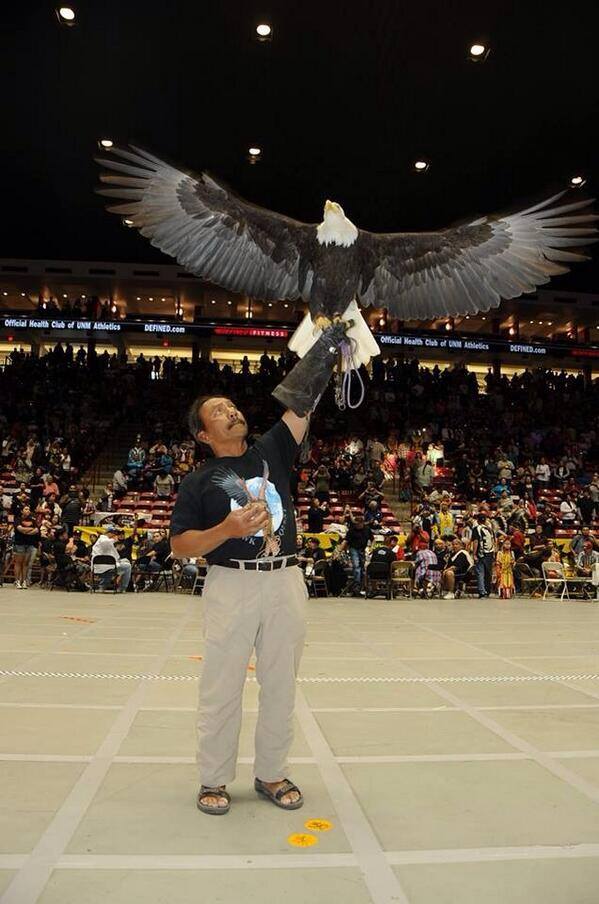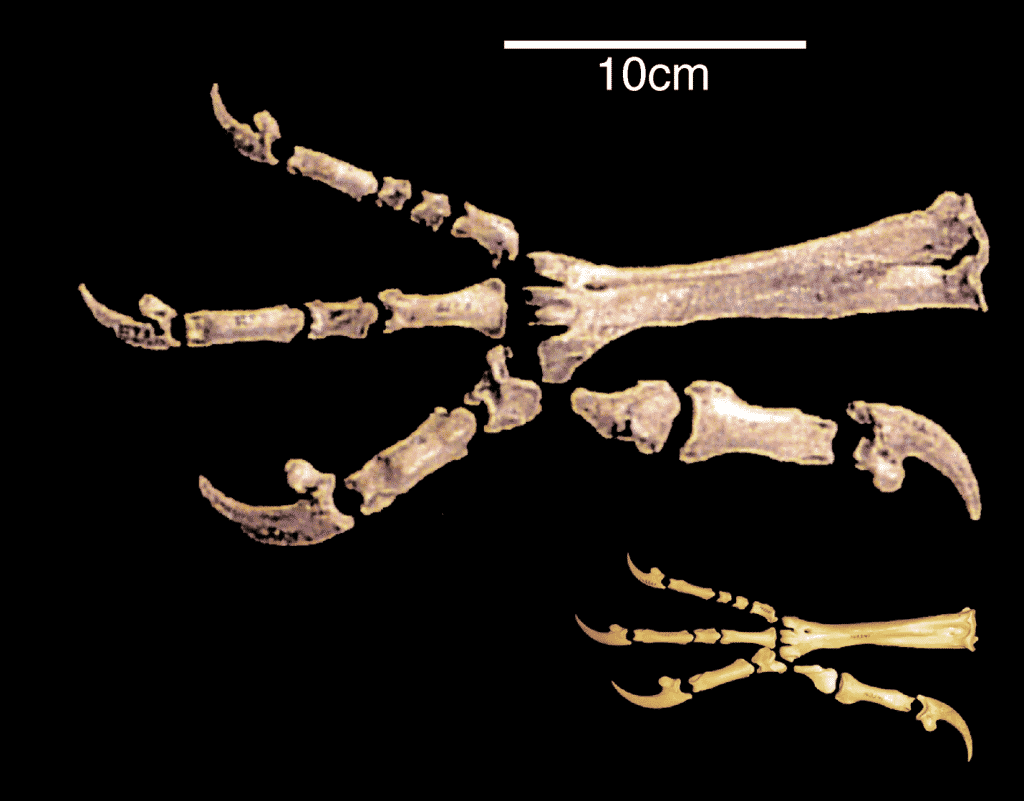BIG GAME & HUMANITY
BIG GAME & HUMANITY

We hunted the Savannah’s of Africa.
We hunted the Fertile Crescent.
After a few million years we decided to plant some shatter grains (Einhorn wheat)
The origination of this wheat was very close to a place called Golbekli Tepe.
Golbekli Tepi is the site of mankind’s earliest known religious temple, coincidence? Grain (wheat, barley, corn) created a new form of sustenance. 
This temple was all created thousands of years before Mythras, RA, Thor, Abraham, Mohammad or Jesus. 8 to 10,000BCE
We set about planting grains and we also became pastoral herders.
Wild beasts were everywhere preying on the aurocks, goats and sheep, so this necessitated continued hunting.
We were quickly becoming agrarians and yet we’ve never strayed too far from our hunting days.
We found that when we added grain to water it created an anti-microbial action called fermentation.
It made polluted water potable.
Those that caught on to this idea, lived longer and they created more progeny.
Making bread with these grains may well have been secondary.
———————————–
When humans found their way into North America it was a time of the mega fauna.
The mega fauna had been here for tens of thousands of years.
The Ice Age was waining and within a blink of time the mega fauna were gone.
Clovis points have been found in the bones of the mastodon that trod the landscape. We were now the apex predator.
The mastodon and wooly mammoth went extinct at the approximate time of contact with humans.
Humans were hunters and gatherers.
In our history books there are depictions of Stone Age hunters furtively stalking and bravely attacking these giant beasts.
Another theory is that these beasts had never encountered humans and they had no reason what so ever to display fear of hardly …anything.
Wooly Mammoths may well have been completely oblivious to these small hominid hunters.
The new arrivals that had crossed the Bering Straights/Sea may simply have had to walk right up to these lumbering beasts….
…and at the count of three , they all drove their Clovis pointed spears into the startled animal.
At that time it would be appropriate to call for a hasty retreat until the animal succumb from its wounds.
Noble hunter or opportunist? There was enough danger on the landscape they needn’t temp fate?
PART TWO-
This brings us to another curious story of hunters in the Southern Hemisphere, the Maori of New Zealand.
________________________________________
The island of New Zealand was void of humans until the ancestors of the Maori arrived in 1280 .
The land was filled with abundant wildlife, it was a garden of Eden.
This garden Island was lacking in mammalian predators, so to fill that ecological niche the Haast’s Eagle dominated, it was the top order predator on this remote island. The scientific genus name was Harpax and it meant “grappling hook”.
This gives you insight into the size and scale of the worlds largest bird of prey.

One of its main food sources was a bird called the Moa.
The adult Moa was a large ostrich like bird that stood nearly 11 feet tall and could weigh up to 500 lbs.
It had long massive legs that would carry its weight across the landscape.
Enclosed is a photo of a small eagle in comparison.
The Moa existed on this landscape for thousands of years and its only predator would have been the Haast’s Eagle.
This eagle was the largest eagle to ever grace planet earth, nearly twice the size of a Harpy Eagle. It evolved to match the size of its prey.
It had a wing span of aproximately 8 to 10 feet and its wings were overly muscular for any bird of prey.
The Haast’s Eagle was built to take down a juvenile Moa, sub adult or perhaps fully grown Moa.
The bird went extinct shortly after the Maori arrived and when the Moa was hunted to extinction. (1400).
The eagle had nothing to fear, it was a product of island gigantism and it had spent its evolutionary childhood honing its skills on “long legged, muscular creatures”.
Consider some startling possibilities, when the Maori arrived and encountered the Haast’s Eagle?
The human looked quite similar to that of a Moa, tall, erect, muscular, bipedal and quite similar in weight and height if the Moa was a juvenal.
Imagine the drama and trauma if your child or grandmother gets carried off to a nest in a far off tree.
As a Stone Age hunter you would remember the incident and might harbor some significant animosity.
I suspect you would even want revenge or at least want grandmothers bones returned.
The Haast’s eagle went extinct, today there are a few bones and skulls In museums.
None of grandmothers bones remain. To tell the final episode of her encounter with the Haast’s eagle.